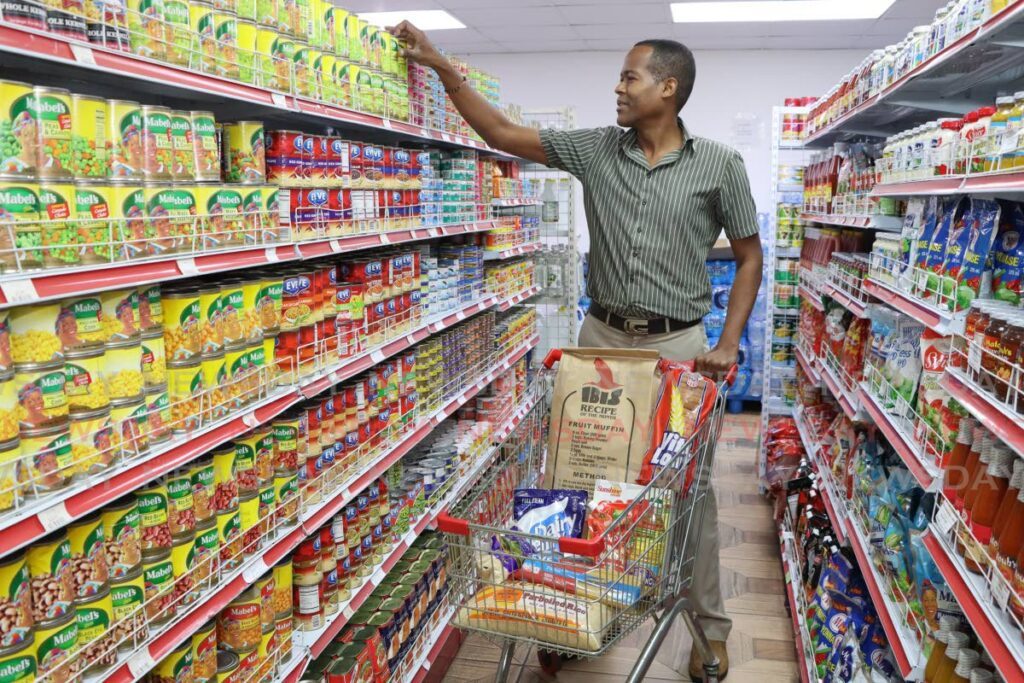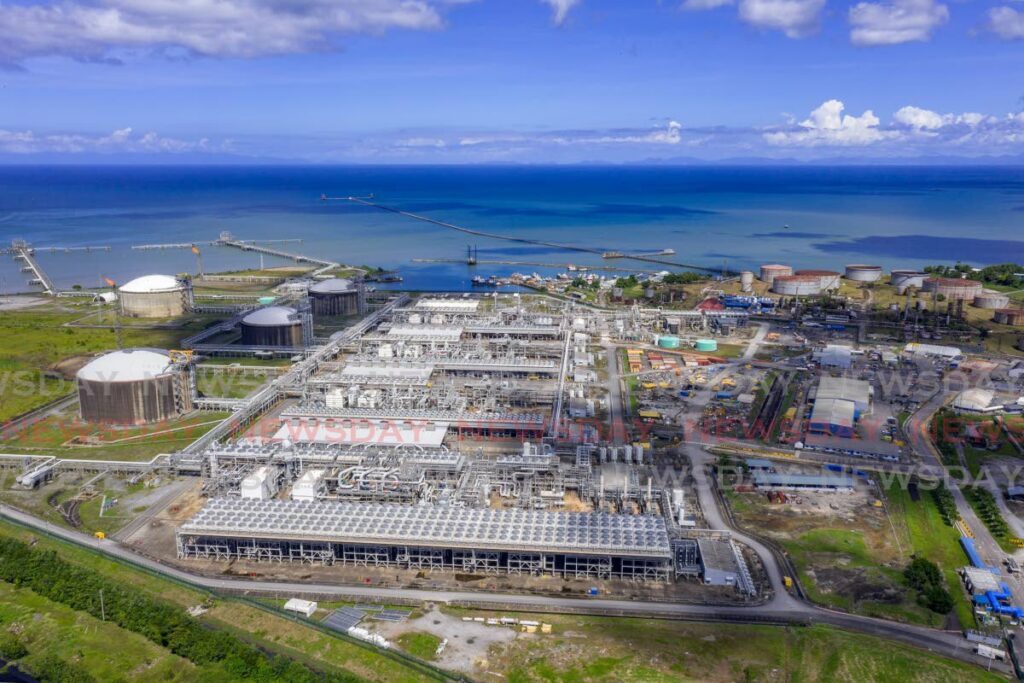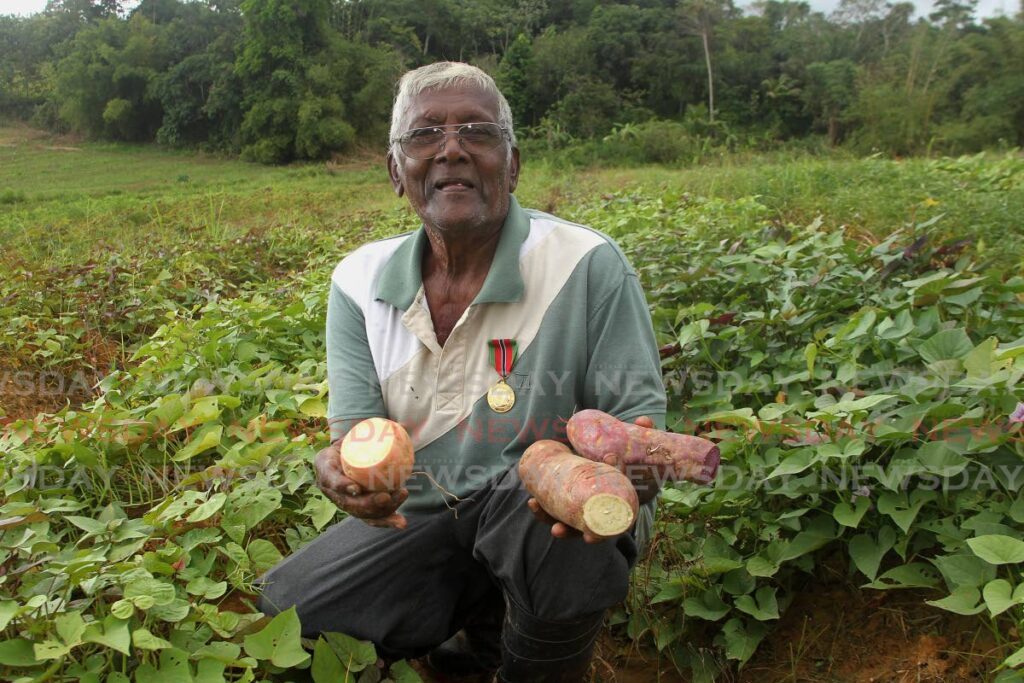From oil wells to grocery shelves: How Trinidad and Tobago’s energy sector shapes food prices

BRIAN ALI
In this article, we take a look at how Trinidad and Tobago finds the price of food in the local grocery stores inextricably linked to the performance of the energy market.
It’s not for the obvious reason you may think!
Known mostly for the lifestyle it epitomises – soca music, Carnival, steelpan – among the financiers of the world it is better known for its lucrative energy resources.
TT is a leading producer of oil and gas in the Caribbean which accounts for roughly 80 per cent of the country’s exports and 40 per cent of its GDP.
Meanwhile, as rich as the country is in energy, its food security struggles. It should be noted that TT is not the only Caribbean state facing this challenge.
According to a report published by the Food and Agriculture Organization of the UN (FAO), the food security challenges of the entire Caribbean region are notably prominent.
In 2023, moderate or severe food insecurity as a percentage of the total population was estimated at 59 per cent compared to a global average of 29 per cent – this is comparable to that of Africa.
TT scores a staggering 43 per cent on this scale, as 43 per cent of the population faces what the UN would consider moderate or severe food insecurity.
Why is it important to understand the link between energy and food?
We have already established that TT faces a notable food security issue and yet is one of the wealthiest Caribbean states due to its energy exports.
Simply put – this should not be the case. And yet, it is.
No matter where we live, it is important to understand the connection between macroeconomic trends and our daily lives.
It is why people care and it informs the "when, why and how" we act and react to the changes our leaders promote.
When we ignore these links, we misunderstand our government's policies and may often find ourselves arguing or even striking for something that ultimately won’t benefit us.

I can give a simple example to demonstrate how it’s often a balancing act for the government when setting policy, whether we agree or not.
A government provides a subsidy on fuel to keep transportation and electricity costs low, which helps local farmers by reducing their production costs. If global oil prices rise, the government must either spend more to buy fuel or earn less by exporting subsidised fuel. This means less money is available for things like agriculture and social services. Alternatively, if the government cuts fuel subsidies in response, fuel prices at the pump increase, raising production costs for farmers and ultimately leading to higher food prices.
The bottom line is the population should have some degree of understanding of this to inform not just how we vote but also how we respond to changes the people we elect choose to enact.
The link between energy and grocery prices
TT is a net importer of food and an exporter of oil and gas. In the last ten years (2013 to 2023), TT imported 3.57 times more food than it has exported.
TT is the second largest market in the English-speaking Caribbean for US agricultural exports. On a global scale, this corroborates the food insecurity already referenced.
While this is typical of small island developing states (SIDS), globally, this puts TT in the top 20-30 per cent of nations dependent on food imports for their security.
But isn’t TT rich? The short answer is, yes. With a projected real GDP growth for 2024 at 2.4 per cent and a GDP per capita at US$16,725 – "TT aint poor!"

This puts us at the top quartile within the Caribbean and mid quartile globally. Remember, the wealth is owed primarily to energy exports.
So far we’ve established the following – the country is rich, it imports most of its food and is considered to be facing notable food insecurity.
What does this mean for the price of food on their grocery shelves?
The best way to measure this is by the Consumer Price Index (CPI) – food sub-index.
The CPI is a common indicator used to understand the change in prices over time that a consumer pays for a basket of goods.
The food sub-index is a ratio that compares the price of a basket of food products such as fruits, vegetables, meats, today to the set price of the same food items sometime in the past.
Taking a look at Central Bank CPI data, we see that compared to 2015, the price of a basket of food has risen by 47 per cent with no indication of stopping.
A CPI-food index of 146.8 is not unusual for an emerging economy like TT, however it is in the top quartile globally. This suggests a higher-than-expected inflation in the cost of food within TT compared to the rest of the world.
What is also glaringly obvious is the upward trend which is not just increasing, but also appears to be rising at an even faster rate than before.
We see the cost of food is most sensitive to the credit provided to the private sector by commercial banks. This speaks to the amount of money the banks lend to both consumers as well as businesses in the local community. This suggests that if the banks lend more, the cost of food rises and when the banks lend less, the cost of food is lower.
Important side note: it isn’t this black and white, I know. However, let's jump on the logic train here and see where it takes us. In TT, the ability of commercial banks to lend is actually closely linked to the country’s economic structure and dependence on the energy sector.
We know high oil prices lead to higher revenue, and a variety of things happen:
• The overall economy is stimulated, even amidst the psychology of the people.
• Consumer confidence is increased, which leads to more business activity and this ultimately turns into more demand for bank credit.
• With higher revenue to the government, spending on public projects which promotes jobs and overall private sector growth adds to the economic stimulation
• The banks also feel a bit better to lend as they perceive lower risk in doing so in a healthier economic environment.
In a stimulated economy, how people choose to spend their money directly impacts the price of the commodities they spend it on – simple supply-demand logic. There’s a saying, "We like nice ting."
When the bank lends more, overall, the purchasing power of the people increases. What the people choose to do with that power has a significant impact on almost everything around them.
In our case, that added purchasing power goes into a lot of things, but rarely would we see a proportional increase in the purchase of locally-produced food items. And if the demand does not increase, neither will the supply. Instead, any additional purchasing power goes into the "nice tings" that are often imported.
The bottom line
This simple fact points to one simple truth – in a health energy market, the people have a stronger purchasing power but choose to import over buying locally. This ultimately drives up the price on the grocery shelves now littered with foreign treasures to meet the demand of the people they serve.
“We have met the enemy, and he is us.” – Walt Kelly, American animator and cartoonist, said in 1970.
This article was submitted by the Geological Society of Trinidad and Tobago (GSTT).

Comments
"From oil wells to grocery shelves: How Trinidad and Tobago’s energy sector shapes food prices"